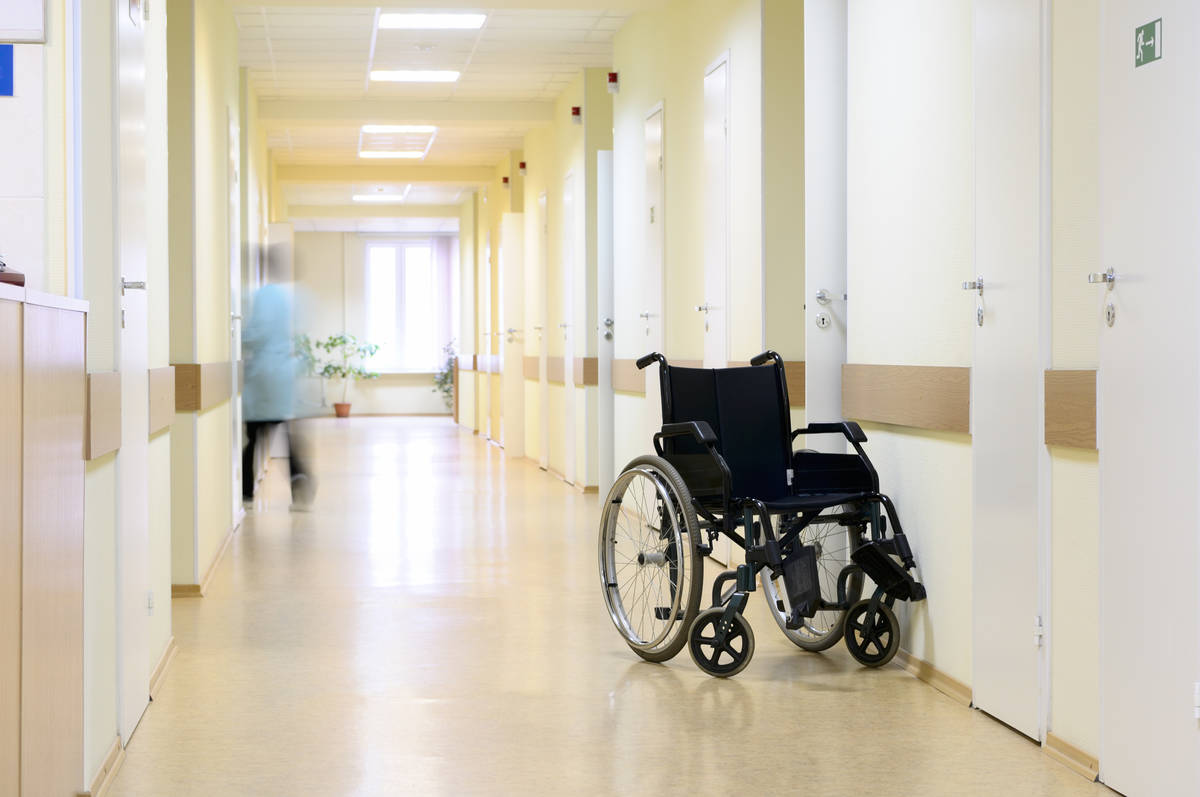
The American Health Care Association and National Center for Assisted Living, representing more than 14,000 nursing homes and assisted living communities that provide care to approximately 5 million people each year, released an updated report on Dec. 1 showing nursing homes in the U.S. have experienced the worst outbreak of weekly new cases since last spring because of the community spread among the general population, surpassing previous peaks since the Centers for Medicare &Medicaid Services started tracking cases in nursing homes.
Recent data released by Johns Hopkins University and the Centers for Medicare &Medicaid Services show that with the recent spike in new COVID cases in the general U.S. population, weekly nursing home cases are also on the rise. According to Johns Hopkins, weekly new COVID cases in the general U.S. population rose by 330% to 1,043,040 the week of Nov. 15. A correlating uptick in new cases in nursing homes occurred when cases in the surrounding community started rising back in mid-September.
As experts have noted, COVID-19 cases in a surrounding community is a top factor in outbreaks in nursing homes. University of Chicago’s Tamara Konetzka, a nationally recognized expert on long-term care, recently said, “Trying to protect nursing home residents without controlling community spread is a losing battle.” Dr. David Grabowski, professor of Health Care Policy at Harvard Medical School recently said, “The strongest predictor of whether or not we’ll see cases in (a particular setting) is community spread.”
“Our worst fears have come true as COVID runs rampant among the general population, and long-term care facilities are powerless to fully prevent it from entering due to its asymptomatic and pre-symptomatic spread,” AHCA/NCAL President and CEO Mark Parkinson said. “Our health care heroes are doing everything they can to prevent it from spreading further, but this level of COVID nationwide puts serious strain on our workforce, supplies, and testing capacity.
“Given the fact that our elderly population is the most vulnerable and the rising level of COVID across the U.S. shows no signs of stopping, it is paramount that the Centers for Disease Control and Prevention provide the highest priority for the vaccine distribution to long-term care residents and staff.”
During the week of Nov. 15, 49% of new COVID cases in nursing homes were from Midwest states with major spikes in community spread in the upper parts of the region. As a result, the Midwest region saw more than a 400% increase in weekly COVID cases in nursing homes since mid-September.
After seven weeks of declining cases in nursing homes through mid-September, nursing home cases began to increase as nearly all 50 states started to see significant rising levels of COVID cases. New weekly cases in nursing homes grew by more than 177% nationwide between mid-September and the week of Nov. 15.
The report also showed COVID-related deaths in nursing homes are starting to rise, crossing more than 2,000 residents lost the week of Nov. 15, for the first time since early June. Nursing home residents are typically older adults with multiple chronic conditions, making them most vulnerable to COVID-19.
Residents of long-term care facilities account for only 7% of the nation’s cases, yet 40% of its deaths. While mortality rates decreased compared to the spring because of a better understanding of the virus, better treatments and government resources to help reduce spread, as industry leaders predicted, the rising number of new COVID cases in facilities are resulting an increasing number of deaths.
“With millions of Americans failing to heed advice from public health experts and traveling during Thanksgiving, we are extremely concerned that this situation will only get much worse,” Parkinson said. “At this point, long-term care facilities desperately need public health officials at every level to take emergency steps to get control of the community spread and ensure our facilities have the resources they need, as well as for the CDC to make our residents and caregivers the top priority in distributing the vaccine in order to save thousands of lives.”
With record new COVID cases across the country, Parkinson said Congress must also prioritize frontline health care workers and long-term care residents during the lame duck session. Last week AHCA/NCAL released a list of actions that Congress should urgently take to help nursing homes and assisted living communities respond to the uptick in new cases.
Most of the $175 billion Provider Relief Fund provided by the CARES Act in April has been distributed, and Parkinson said health care providers, including long-term care facilities, will need additional funds to continue the response to the COVID pandemic. The financial aid is crucial in helping long-term care facilities acquire personal protective equipment, conduct regular testing and hire additional staff or reward current caregivers for their heroic efforts.
“Congress must fulfill its duty,” Parkinson added. “Without adequate funding and resources, the U.S. is repeating the same mistakes made during the initial outbreak last spring and the major spike over the summer. We need Congress to prioritize our vulnerable seniors and their caregivers in long-term care facilities, by passing another COVID relief package during the lame duck session on Congress.”